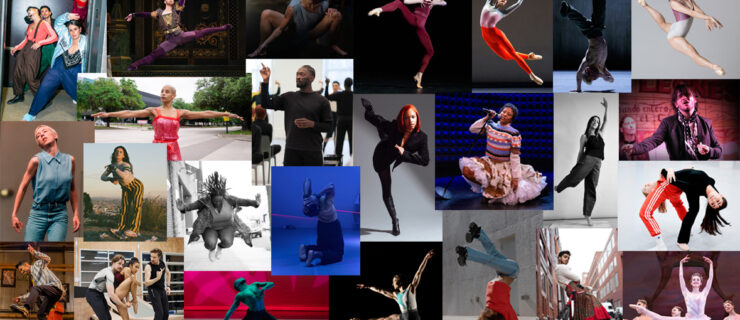Ballet and the Biology of Love
In honor of Valentine’s Day, the Guggenheim Museum’s Works & Process series brought together Paris Opera Ballet étoiles Clairemarie Osta and Mathieu Ganio and love-scientist Dr. Helen Fisher for an evening called “Emotion and Motion.”
Dr. Fisher was the “Emotion” portion of the program. A biological anthropologist, Fisher has spent her professional career examining the way our brains react to love. Through her work, which includes putting people in MRI machines to look at their neural activity when shown pictures of their sweeties, Fisher has come up with three distinct types of love: lust, romantic love and attachment or long-term love.
In the cozy Peter B. Lewis Theater at the Guggenheim, Fisher discussed these types of love and why she believes each evolved in the human brain. After each section of her talk, the étoiles, fulfilling the “Motion” aspect of the program, took the stage, performing ballet excerpts that illustrated Fisher’s explanations.
For instance, after Fisher talked about the biological symptoms of romantic love–euphoria, intensely craving your mate, obsessive thinking (she compared this love state to an addiction)–Osta and Ganio performed an excerpt from Giselle, an appropriate selection given that Giselle’s love for Albrecht, and his duplicity, drive her to madness and, eventually, death. Osto and Ganio performed the pas de deux from Act II, when Giselle returns from the grave to dance with her love, with unparalleled delicacy and grace. At one point, Giselle, standing a few feet away from Albrecht, boureés back to him, as though pulled by her passion. It was a lovely representation of Fisher’s research.
Later, after Fisher’s discussion about long-term attachment, the étoiles performed an excerpt from the Emeralds section of George Balanchine’s Jewels. Wearing luxurious costumes by Christian Lacroix, the pair entered with Osta walking en pointe, holding on to Ganio for support. Throughout the piece, they rarely parted, though neither seemed dependent on the other; rather, their connection was a mutual bond.
To conclude, Fisher, who works with the dating site Chemistry.com, gave a biological explanation of why we fall in love a particular individual. Using data collected from questionnaires given to people who use the website, she broke people down into four categories: Explorers, Builders, Directors and Negotiators. She talked about the traits of each, and when she was done, the dancers took the stage for one final excerpt: a pas de deux from Caligula in which the title character dances with his new love, the moon.
Sometimes our emotions just aren’t rational.



